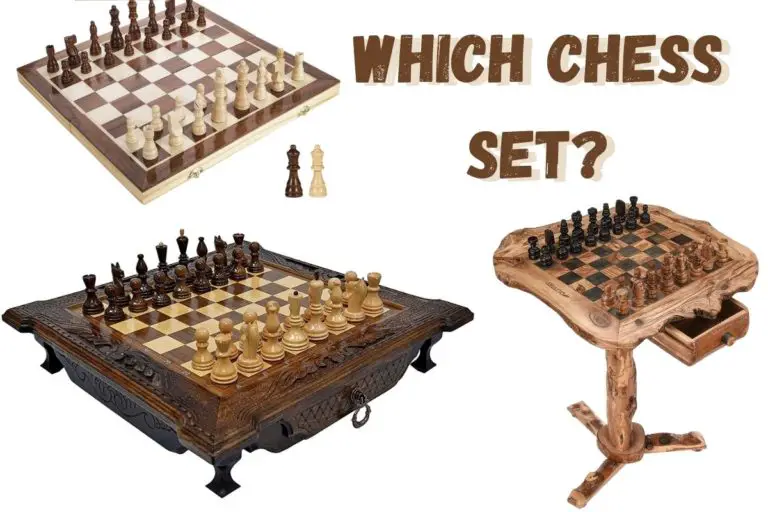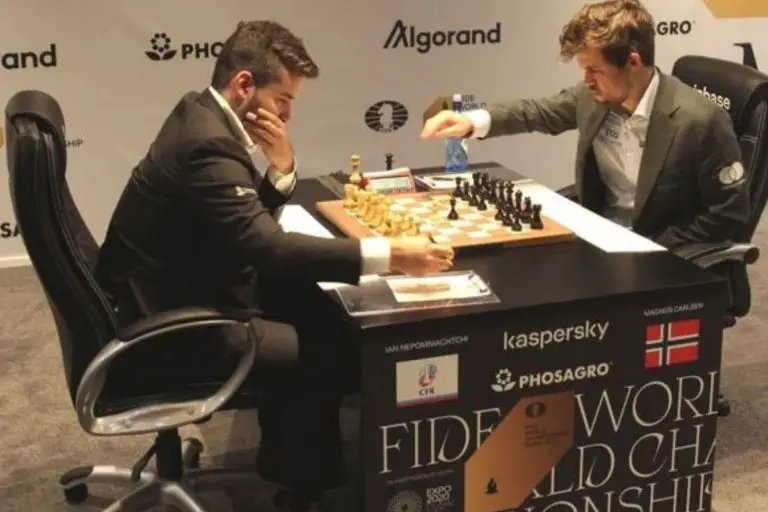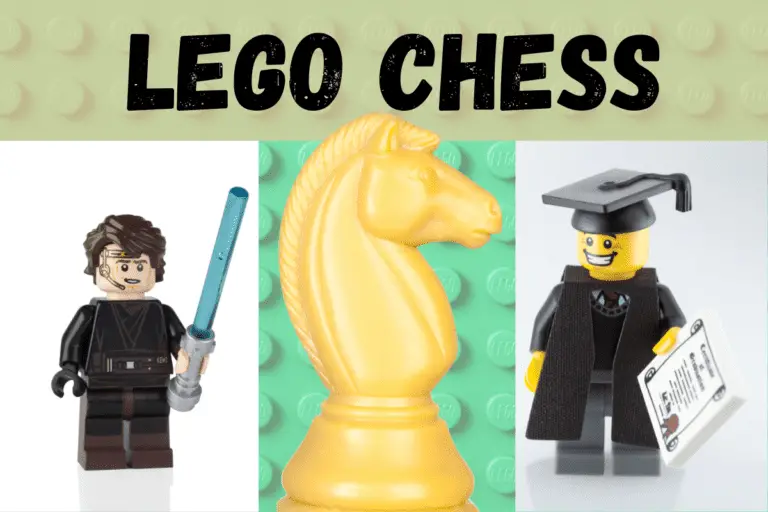Setting Up Chess Clocks for Beginners: How They Work in Tournaments
⭐⭐⭐ Take 7 minutes to read and improve your chess game ➡️ : This article was first published on, and is Copyright of Chessquestions.com
Chess clocks are a necessary and important piece of equipment in any game. They keep track of time for the players, as well as control when each player can move. Some people use analog chess clocks while others prefer digital ones. This article will go over how to set up both types of chess clocks, including some tips for beginners who may not know about this equipment yet!
Chess clocks are two timers in one, each relevant to a player. The time allowance settings are put in place and the clock started once the game begins when black presses his button, white moves, and presses again operating the switch to countdown the opponent’s time on their turn.
This article will look at setting up and using both analog clocks and the newer digital chess clocks that are available. I’ll take a look at official tournament clocks and collector’s pieces but also provide a step-by-step guide to setting your chess clock ready for a game once your chess board is set up correctly.
The Clock is Positioned at the Black Players Preference
In most tournament hall settings, you will find all tables set with the clock on the right before chess players take their places. But where should the clock be positioned for a game of chess?
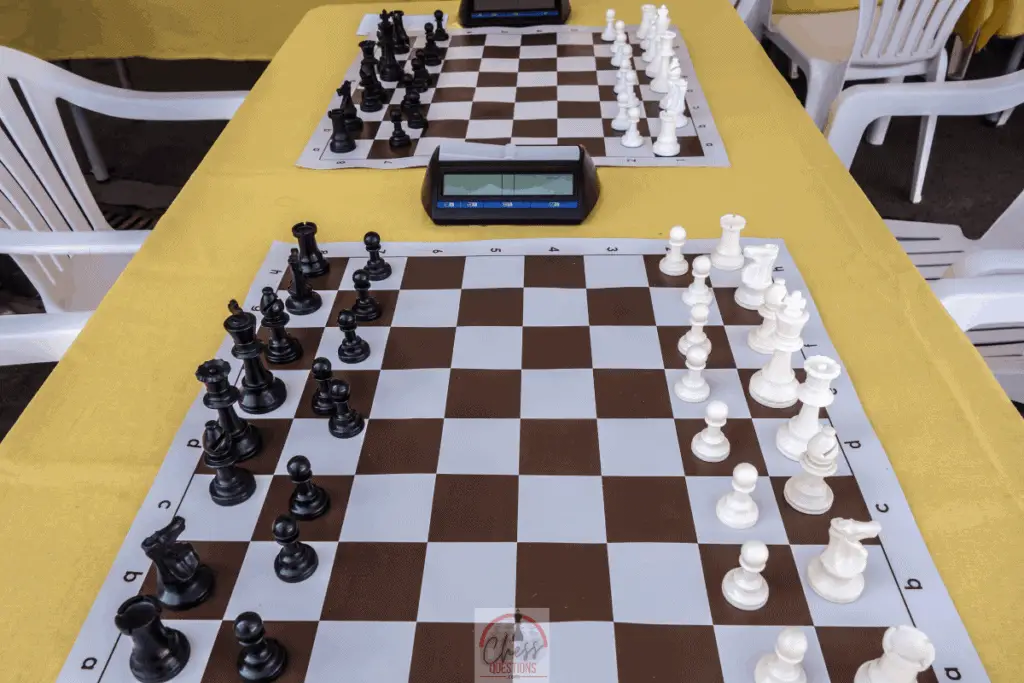
There is no right or wrong position for a chess clock next to the board. most people will favor it to their right, which is natural given the greater number of right-handed players, but ultimately, the choice is that of the black player.
So be prepared to be thrown a curveball and find it on the left sometimes.
How to Use a Chess Clock in a game
A chess clock is basically a countdown timer. There are two clocks, one for each player. There are some basic steps to use a chess clock in a game.
- Understand the Time Controls for the Game in Question
- Set The Timers Accordingly
- When ready and Handshakes complete, Black presses their button
- White plays their move and presses
- and so on
A chess clock is used in game conditions to measure the time available for making each move. These are called chess time controls.
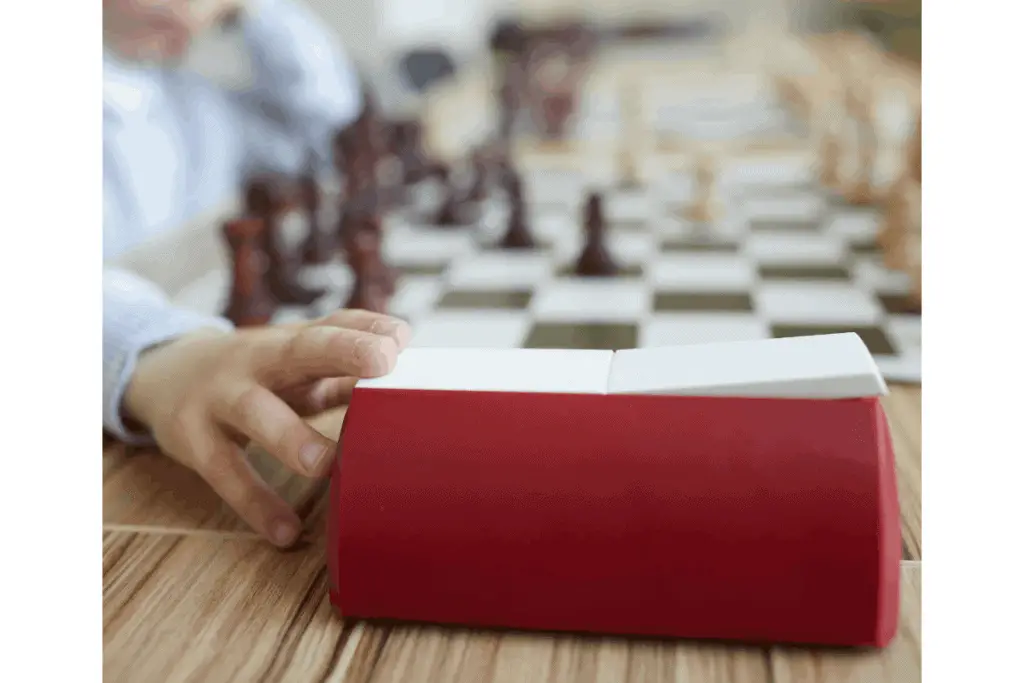
As each player completes a move they press the button to stop their clocks’ countdown whilst simultaneously starting the countdown on their opponents.
This continues until the game has concluded or one player has run out of the allocated time allowance in the game. If a player runs out of time they lose the game regardless of who had the advantage at the time the allocation passes.
Things are generally quite frantic, to begin with, as opening moves are made swiftly with a succession of very quick changes in turn. Players make these quick moves in the beginning to conserve time for the middle and end game when more consideration per move may be required.
Time is precious when you don’t have enough of it.
Vladimir Kramnik
How to Set up The Chess Clock for a Game
Before a time-controlled game can start, the chess clock needs to be set to the right time that is relevant to the game being played.
| Game | Time |
|---|---|
| World Championship | See Below* |
| US Chess | 40/2 SD1** |
| Local Chess | G/60 d5*** |
| Blitz | 3-10 minutes |
| Bullet | 3 Minutes |
| Lightning | 1 Minute |
Now you know how much time to allocate to each player it is time to set the clock ready to play. This process will differ depending on whether you are using a Digital Chess clock or an old-style analog chess clock.
*World Chess Championship Time Controls
Not possible to get all of this information into the table, so here is an explanation of how the timing is controlled in the World Chess Championship matches. This is taken from the FIDE Handbook
The time control in world championship games is 120 minutes for the first 40 moves, followed by 60 minutes for the next 20 moves and then 15 minutes for the rest of the game with an increment of 30 seconds per move starting from move 61.
**US Chess Time Controls
A common timing that is used in national US chess tournament play is 40/2 SD1
40/2 Signifies, 40 moves in 2 hours followed then SD1 signifies Sudden Death on 1 Hour
These timings can change and be used as required or as desired
***Local Chess Time Controls
Here we have a different way of symbolizing the time control, in so much as G/60 d5
This is now a 60minute per player game with a 5 second delay.
A delay is different from an Increment in chess time control
Whereby an increment is the addition of time to your total once a move has been made, a delay is the time before your clock begins counting down again from the point at which your opponent presses his button.
In the case of this G/60 d5 time control, think of it as a 5 second extra thinking time before your contdown for your next move begins.
Setting a Digital Chess Clock
For this guide, I am going to use the DGT3000 Digital Chess Clock and we will use standard time controls not allowing for Increments. Although with the most chess clocks, including this model, there are presents that include Fischer time bonuses. Something that is a distinct advantage over analog clocks.
- Ensure the batteries are not old!!
- Agree or note the time allowance for the game to be played
- Select the time control setting that matches
- Time will start when black pressed their button
The beauty and convenience of the digital chess clock is the technology and ease of use.
So long as the battery life is sufficient to make it through the game, there is little more to concern yourself with than selecting the time preset to match the game time, and you are ready to play

The DGT3000 Limited Edition Digital Chess Clock with all timing present controls in place
Setting an Analogue Chess Clocks
Analog chess clocks are quite beautiful things to look at. Well, the good ones anyway, they are fabulous in that they feature a little red flag that drops when a player runs out of time signifying a loss. Setting them up is a little more involved than with modern digital versions
Remember: Analogue clocks feature a traditional face, so if it is a 20 minute game, the Hand should be pointed to the 8, for 15 minutes, to the 9 and so on. The setting is signifying how much time for the hand to hit the 12 position.
- Ensure the clock is wound up fully [Or batteries ok]
- Agree or note the time allowance for the game
- Set the timers using the knobs on the rear of the clock
- Double-check the timers are set exactly the same
- Time will start when black pushes the button for white’s move.
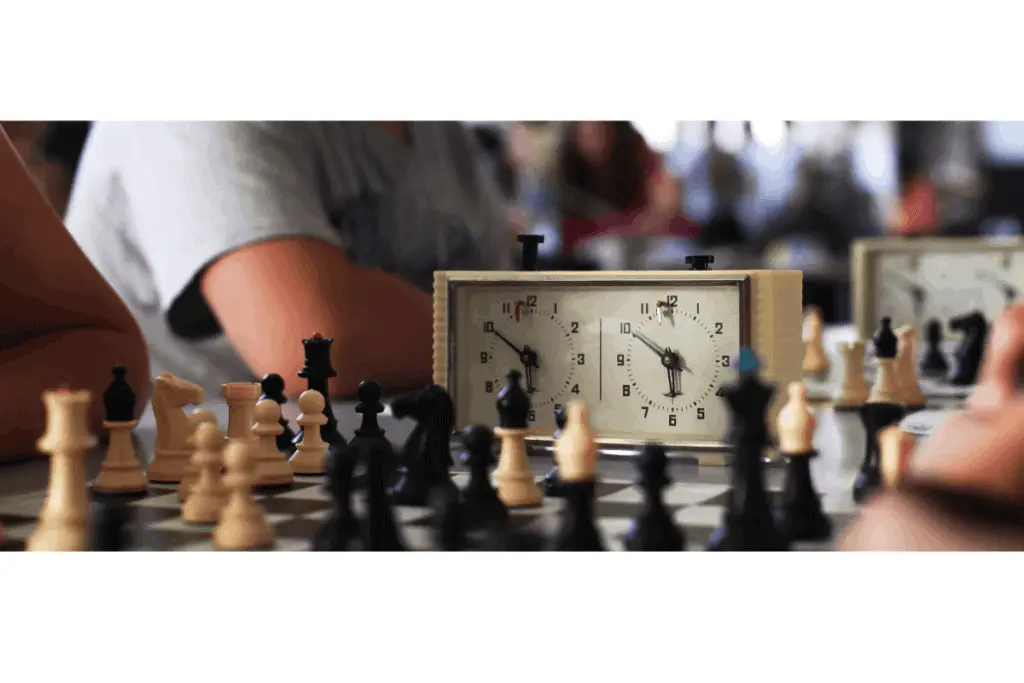
Because there are some games that are over one hour long, or perhaps a 2-hour game, you have to then take the short hand into account in these instances. The general rule is that the game will finish when the short hand reaches the 6 and the long hand at the 12, so for a 2-hour game the shorthand would be set to the 4.
How to set up Increments and time modes
This section presumes you already know what increments are in chess.
Increments are small time bonuses awarded as moves are made. A concept devised by erstwhile and now-departed former world champions and grandmaster Bobby Fischer.
Fortunately for us, the modern digital chess clocks have presets that include the most popular various time increment setting that you expect to find in any chess club and most tournaments.
This is a bonus for us and saves a job although it is possible to set these manually if you are going to use a unique increment agreed for a game.
Chess Clocks in Tournaments
There is no such thing these days as a chess tournament without a chess clock. Indeed, there have been a few nights and days passed since a tournament didn’t feature some form of time control, and it’s a good thing if you want to avoid the longest game of chess ever.
We all have things to do and places to be outside of chess, and time games prevent games take so long as to prevent the tournament from running smoothly.
Try to Carry Your Own Chess Clock With You
It is always a good idea if you play competitive chess regularly to have your personal clock on your person. It may be that the venue or tournament organizers, will supply clocks, but the worst thing that could possibly happen is to not be able to compete in a relaxed manner because nobody has a clock to use.
It is quite possible that clocks have to be supplied by players. If both players bring a clock, the first consideration is that if one is analog and the other is digital, the digital clock will take preference and be used. It is the 21st century after all.
If you both have digital clocks, then you just need to agree.
Collectors Chess Clocks
There is quite a market for chess equipment in the collector’s arena, especially antique chess clocks. Some old and rare chess clocks change hands at eye-watering prices. So keep an eye on those thrift sales, you may one day spot and pick up a bargain.




